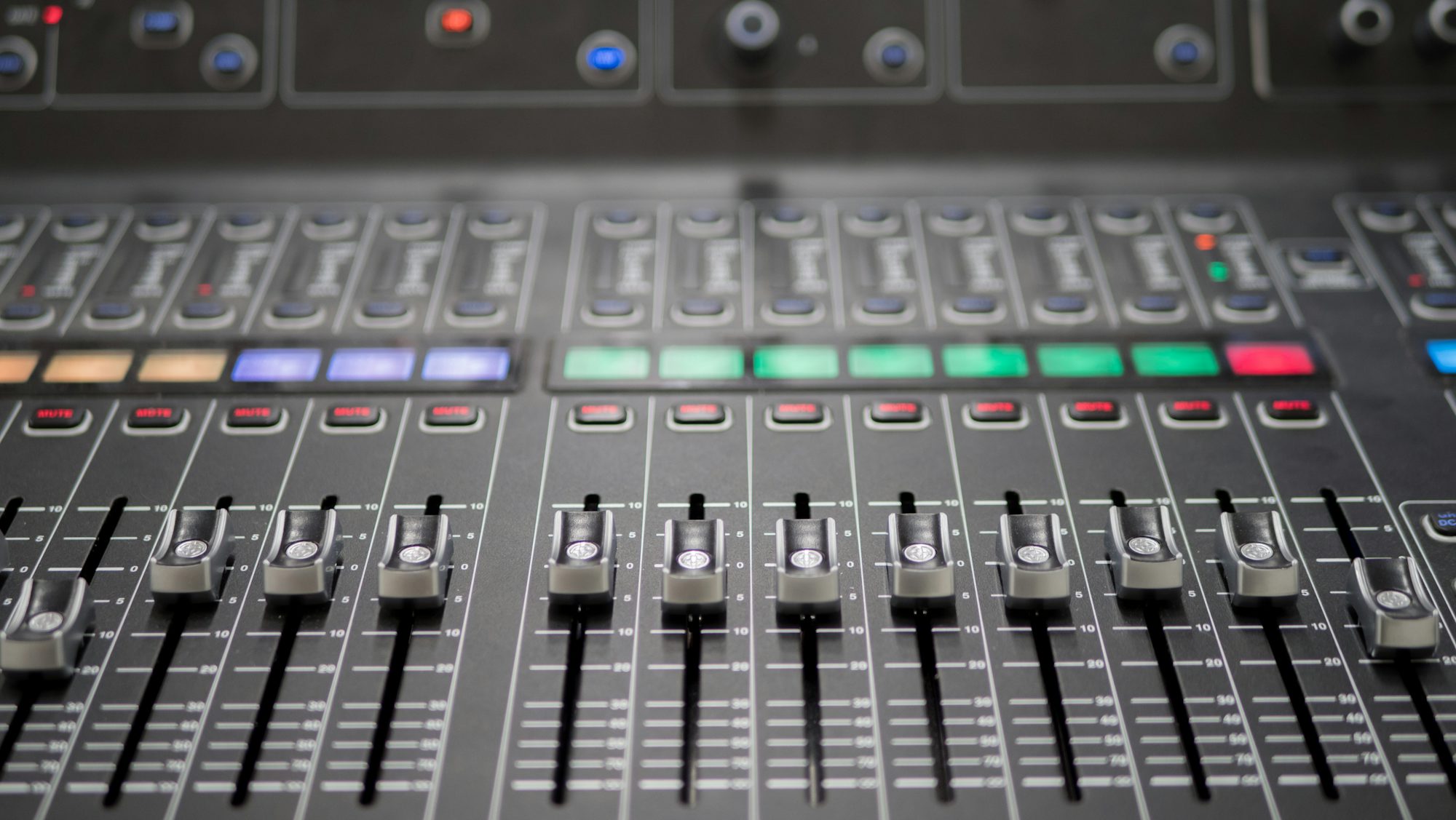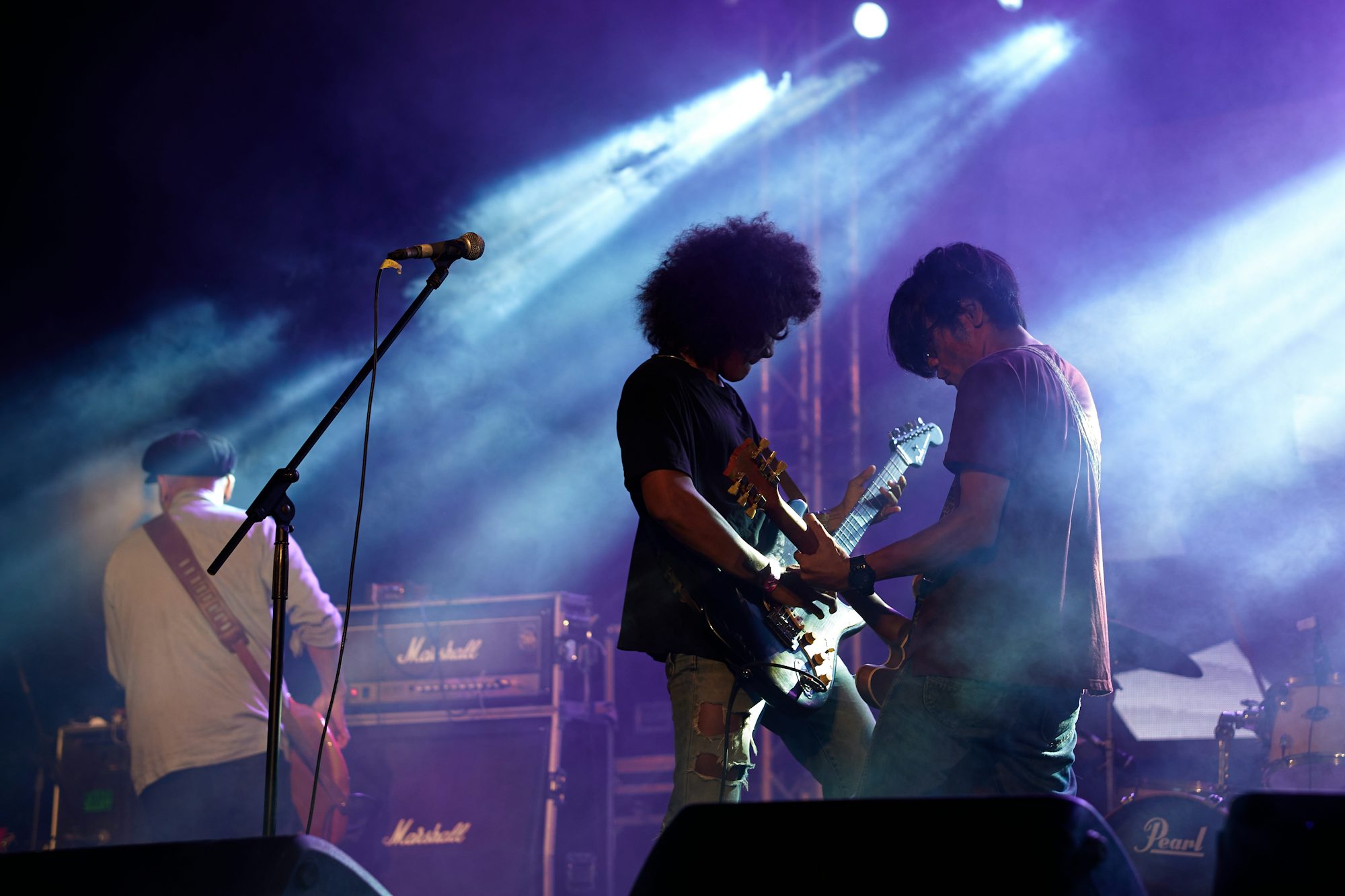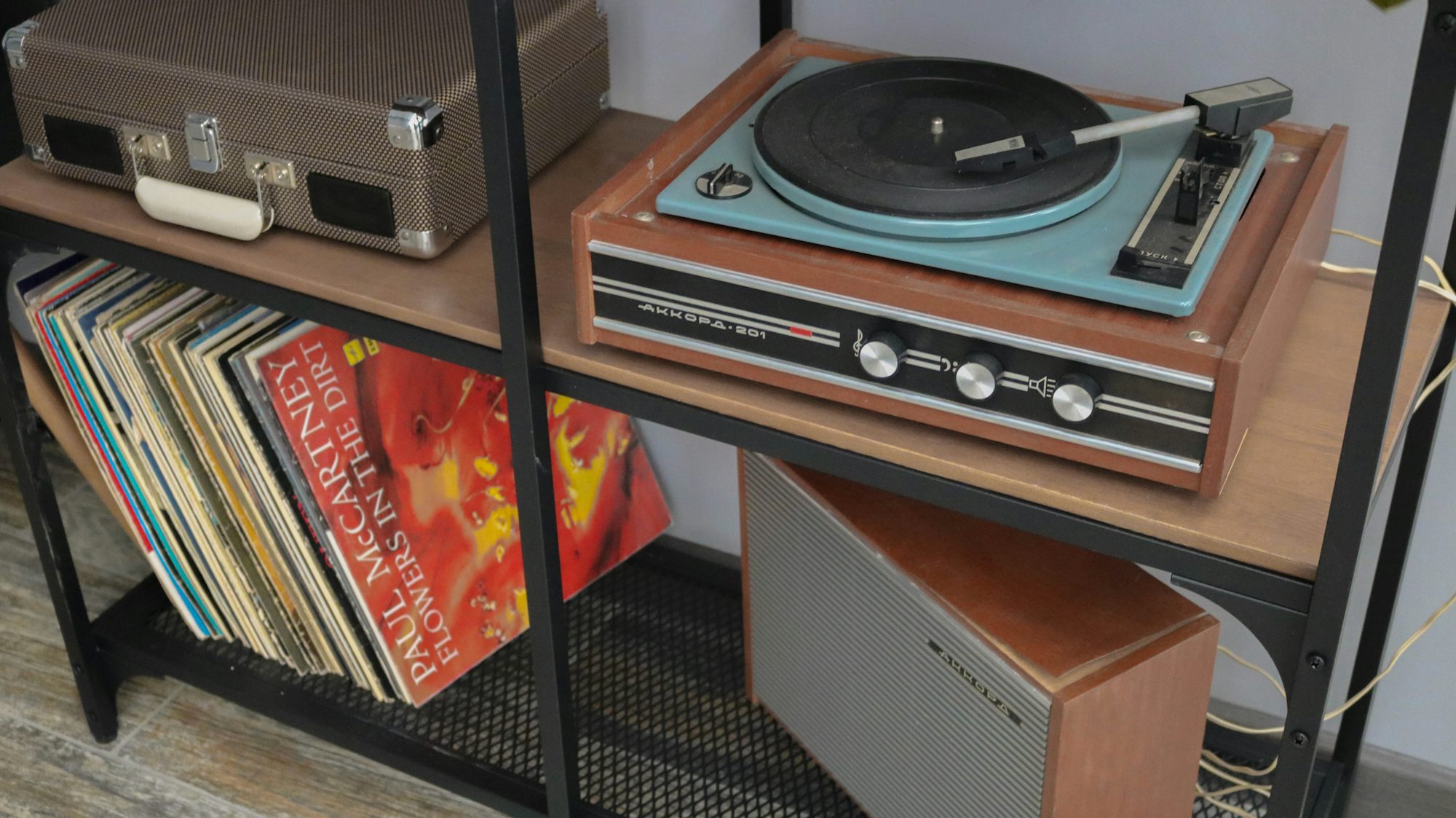Collaboration in music is an art form that transcends individual creativity, allowing artists to merge their unique styles and perspectives to create something greater than the sum of its parts. From iconic bands to solo artists working with producers and songwriters, collaboration has played a vital role in shaping the sound and direction of music across genres. This article delves into the significance of collaboration in the music industry, examining how it fosters creativity, innovation, and community among artists. One of the most prominent examples of collaboration can be seen in the world of bands. Groups like The Beatles, The Rolling Stones, and Fleetwood Mac exemplify how collaboration can lead to groundbreaking music that resonates with audiences worldwide. The Beatles, for instance, began as a traditional rock and roll band but evolved through collaboration into one of the most innovative musical acts in history. John Lennon and Paul McCartney’s partnership not only produced timeless songs but also pushed the boundaries of songwriting, experimentation, and production techniques. Their ability to blend different musical styles and influences resulted in albums that remain influential to this day. Beyond bands, many successful artists find that collaborating with others can enhance their work. For example, pop sensation Taylor Swift has collaborated with a diverse range of artists, from hip-hop stars like Kendrick Lamar to alternative acts like Bon Iver. These partnerships allow her to explore different musical styles and lyrical themes, enriching her artistry and appealing to a broader audience. Collaborations can also foster innovation within genres. The blending of different musical styles often leads to the creation of new subgenres. For instance, the fusion of country and rap has gained significant traction, with artists like Lil Nas X and Kacey Musgraves demonstrating how cross-genre collaborations can redefine musical boundaries. These collaborations not only highlight the versatility of artists but also open doors for new audiences to engage with different styles. In addition to enhancing creativity, collaboration in music can lead to a sense of community and support among artists. The music industry can be competitive, but working together can create a network of collaboration that encourages growth and development. Festivals and collaborative projects, such as the annual “Songwriters in the Round” events, showcase the power of community in music. These gatherings bring together artists to share their stories, craft, and music, fostering connections that often lead to future collaborations. The role of producers and sound engineers is also crucial in the collaborative process. Behind many hit songs are talented producers who bring their vision and expertise to the table, helping artists refine their sound and realize their creative goals. Producers like Pharrell Williams, Max Martin, and Rick Rubin have played significant roles in shaping the careers of numerous artists, often bringing together different elements to create something unique. Their ability to guide the creative process while respecting the artist’s vision is essential for successful collaboration. Furthermore, technology has revolutionized the way artists collaborate. With the rise of digital platforms, musicians can connect and create from anywhere in the world. Online collaborations have become increasingly popular, allowing artists to share ideas, record, and produce music remotely. Platforms like Splice and SoundBetter have made it easier for musicians to find collaborators, whether they’re looking for vocalists, instrumentalists, or producers. This accessibility fosters a global musical community, where artists can share their talents and influence each other’s work. However, collaboration is not without its challenges. Creative differences can arise, leading to tensions or misunderstandings between artists. It is essential for collaborators to communicate openly and establish mutual respect to navigate these challenges successfully. Finding a balance between individual vision and group dynamics is crucial in achieving a harmonious outcome. Additionally, the issue of credit and recognition can be contentious in collaborative efforts. Artists must be clear about their roles and contributions to ensure that everyone involved receives acknowledgment for their work. This transparency is vital in maintaining healthy relationships and promoting a collaborative spirit. The future of collaboration in music looks promising, as artists continue to embrace new technologies and innovative approaches. Virtual reality and augmented reality are beginning to make their way into the music scene, offering new avenues for collaboration and immersive experiences. Artists can create virtual performances or co-write songs in digital spaces, further breaking down the barriers of traditional collaboration. Moreover, as the music industry evolves, the emphasis on collaboration may lead to more interdisciplinary projects that incorporate various forms of art. Collaborations between musicians, visual artists, and filmmakers can create multi-sensory experiences that engage audiences on different levels. The intersection of music with visual arts and technology is likely to yield exciting and innovative outcomes in the years to come. In conclusion, collaboration is a fundamental aspect of the music industry that enriches creativity, fosters community, and drives innovation. Whether through bands, cross-genre partnerships, or digital collaborations, working together allows artists to explore new territories and create music that resonates with a wider audience. As the landscape of music continues to evolve, the spirit of collaboration will undoubtedly remain at its core, shaping the future of musical expression and creativity.
24 August, 2024
0 Comments
1 category
Category: Vibe vault


